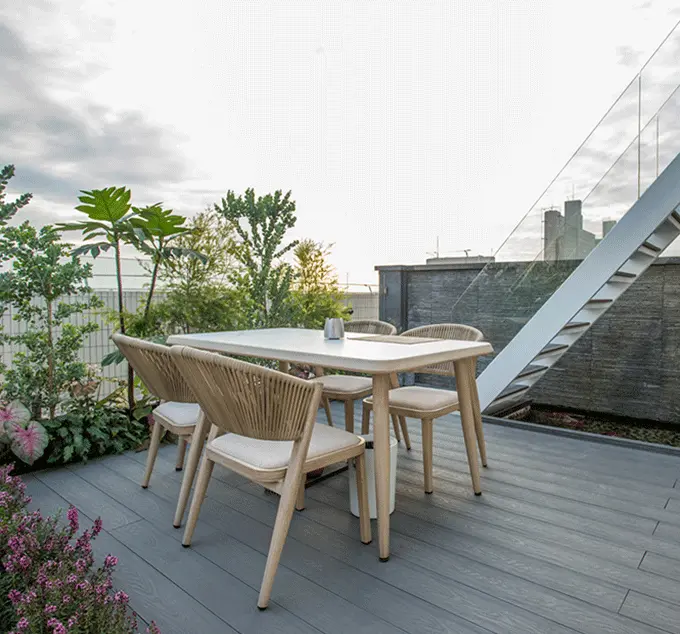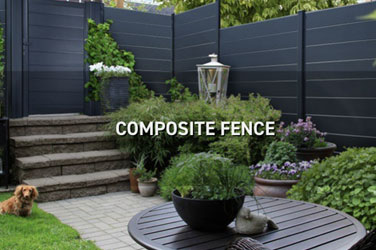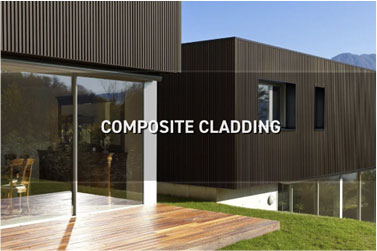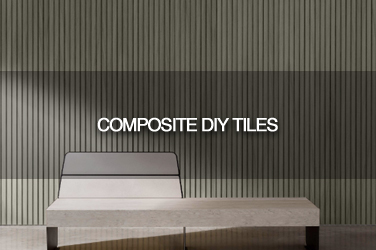WPC composite decking is a new type of decking material that combines the advantages of wood and plastic. It is made from a mixture of wood powder and plastic through processes such as high-temperature extrusion. The material and production process of WPC composite decking directly affect its performance and application range. Below, we will explore the material and process of WPC composite decking from multiple perspectives.
Raw Materials of WPC Composite Decking
The main raw materials for WPC composite decking include wood powder, plastic, and some additives. The wood powder usually comes from waste parts of trees, making it environmentally friendly and renewable. The plastic part often uses materials such as polyethylene (PE) or polypropylene (PP), which can be either new or recycled materials. By mixing wood powder with plastic, WPC composite decking possesses the natural beauty of wood while having the water resistance and corrosion resistance of plastic. This mixed material makes WPC composite decking widely used in outdoor environments, able to resist UV rays, moisture, and temperature differences.
Production Process
The production process of WPC composite decking generally adopts high-temperature extrusion technology. First, wood powder and plastic are mixed in a certain proportion to form a uniform material. Next, these materials are fed into a high-temperature extruder, where the desired shape is formed under high temperature and high pressure. This process ensures that WPC composite decking has very stable performance and a smooth, flat surface. After subsequent cutting, surface treatment, and molding, the final WPC composite decking can be widely used in homes, shopping malls, parks, and other places.
Advantages of WPC Composite Decking
The material of WPC composite decking gives it many advantages. Firstly, the addition of wood powder gives WPC decking a wood-like texture and appearance, making it look natural and warm. Secondly, the plastic part provides it with water resistance, moisture resistance, and corrosion resistance, making it especially suitable for outdoor environments. WPC composite decking won't get moldy or rot like traditional wood and does not require regular oiling or maintenance. Additionally, it has strong UV resistance, making it less prone to fading and maintaining its aesthetic appeal for a long time.
Environmental Friendliness
The environmental friendliness of WPC composite decking is also a key reason for its popularity. The wood powder part of WPC composite decking usually comes from renewable wood resources, which do not excessively deplete forest resources. Moreover, the plastic used can be recycled materials, reducing the environmental burden of waste plastic. By recycling these materials, WPC composite decking not only has good environmental performance but also meets the modern society's demand for sustainable development.
Market Prospects of WPC Composite Decking
Due to its excellent durability, environmental friendliness, and aesthetics, the market demand for WPC composite decking is gradually increasing, especially in outdoor decoration and landscape design. The material and process advantages of WPC composite decking have made it widely used globally. With the increase in environmental awareness, WPC composite decking will become an important choice for future decking materials.
WPC composite decking, with its excellent materials and production process, has become a popular choice in the market. Combining the dual advantages of wood and plastic, it is suitable for various environments, especially outdoor venues.







